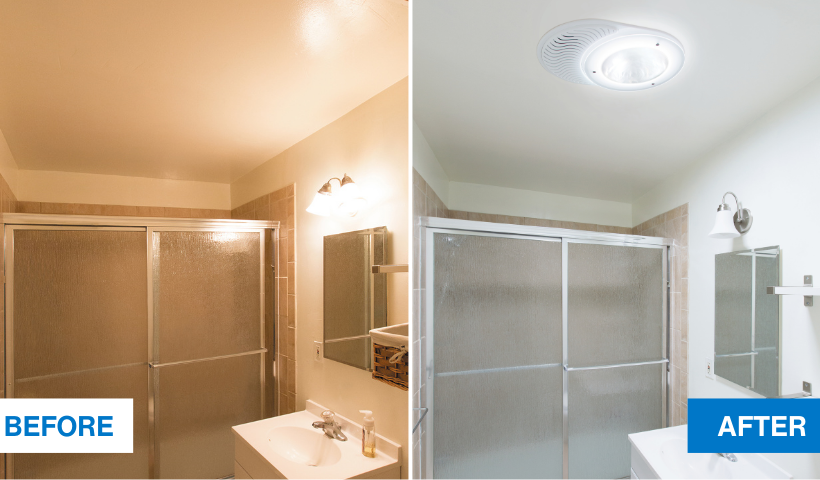
What is the ultraviolet (UV) and infrared (IR) impact of installing a Solatube Daylighting System?
To answer this question, first one needs to understand what wavelengths of radiation are emitted through a Solatube Daylighting System. Solatube Daylighting Systems utilise two technologies to eliminate ultraviolet (UV) radiation and reduce heat from infrared (IR) wavelengths entering the building interior.
The first technology is related to the domes. Solatube acrylic outer domes have special UV inhibitors designed to block 100% of UVB (280 to 315 nanometers), 100% of UVC (100 to 280 nanometers) and 98.5% of UVA (315 to 400 nanometers) rays.
The second technology is related to the tubing. Spectralight Infinity Tubing transmits the visible spectrum of light (400 to 760 nanometers). A minimal amount of the infrared spectrum of light (above 760 nanometers) is transmitted by the Spectralight Infinity Tubing.
With this information in mind, the following subjects can be addressed.
Solar Heat Gain
With the infrared-blocking capabilities of the Spectralight Infinity Tubing, removing more than 50% of the heat from the IR wavelengths (>900 nanometers) of the sun with every reflection on the tube surface, the Solar Heat Gain of Solatube products is greatly reduced. This, in turn, will reduce the air conditioning load requirement for the space being day lit. These technologies allow Solatube Daylighting Systems to provide the highest light output performance with minimal thermal impact.
UV Effect on Skin and Vitamin D Production
The different UV wavelengths affect skin in the following ways.
- UVA: The lowest energy range, UVA causes little burning ordinarily, but it penetrates deeply, beyond the surface layer of the skin. Over long periods of exposure, UVA causes wrinkling and premature aging of the skin.
- UVB: More energetic, the chief burning and tanning rays which are a major factor in producing skin cancer, although not penetrating beyond the skin.
- UVC: The most energetic, intensely burning rays. Fortunately, UVC is mostly absorbed by the ozone layer, which essentially serves as 'sunscreen' for the Earth.
Vitamin D production occurs when a compound within the skin reacts with UV rays between the 270-300 nanometers wavelengths, with peak synthesis between 295-297 nanometers. Based on this information the Solatube Daylighting Systems do not transfer the required UV for Vitamin D synthesis because they will block all of the UVB and UVC rays, which fall between the 100-315 nanometer range.
Plant Growth
In conjunction with the above information, there are a few factors to consider when determining if a Solatube Daylighting System will have an effect on plant growth. The first factor is how much UV, if any, the particular plant will need for proper growth. Second, the size of the daylighting system used may impact how much light the plant can obtain. It is also important to point out that the Solatube Daylighting System removes a majority of the infrared wavelengths, which substantially reduces any heat-related stress problems that may occur with indoor plants.
Typically plant growth occurs between 400 and 1000 nanometers. Based on this data, it would be safe to say that, in general, a Solatube Daylighting System will have a positive effect on plant growth depending on a particular plant's UV requirements.
Note: The UV information in this article is specific to Solatube Daylighting Systems. Other TDD products may not provide the same performance standards.
Source: Solatube International













 Case Studies
Case Studies








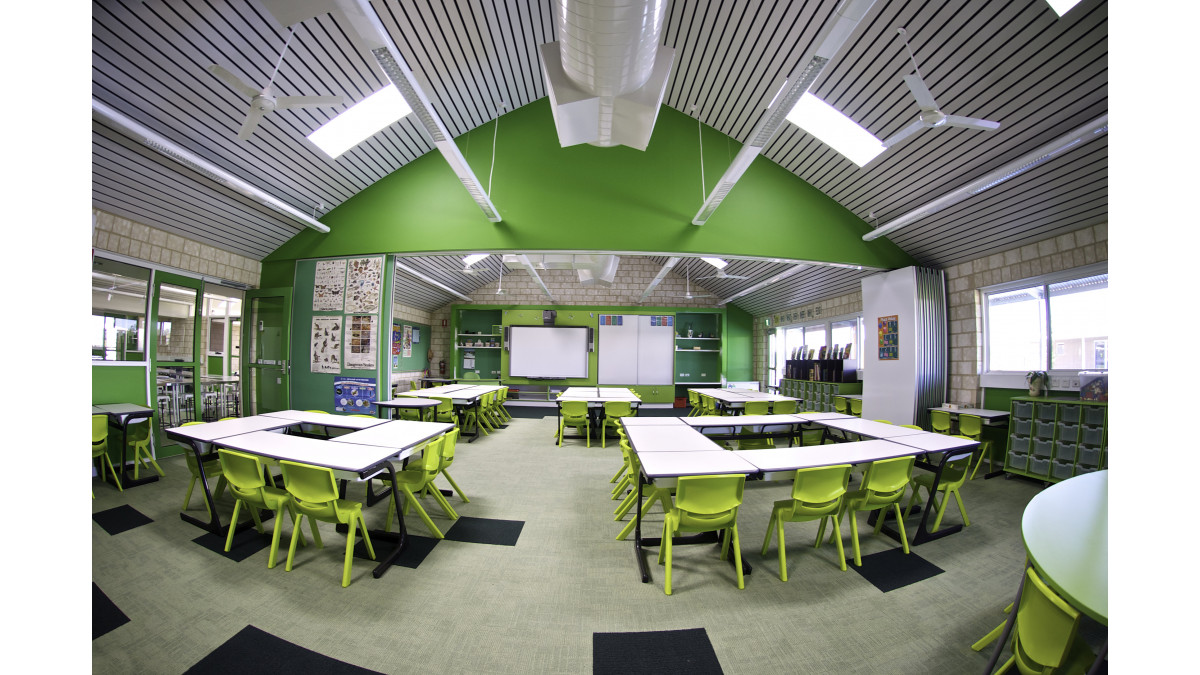


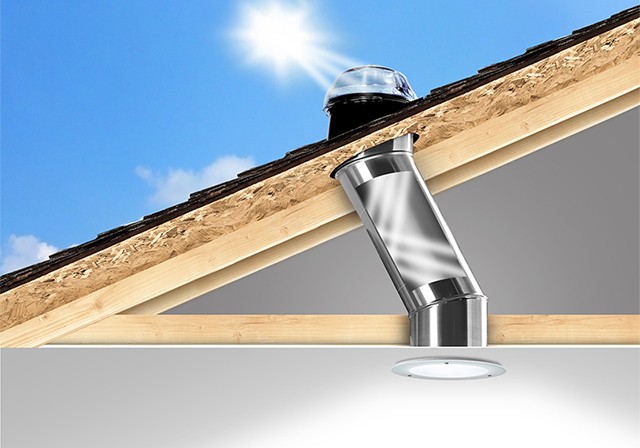

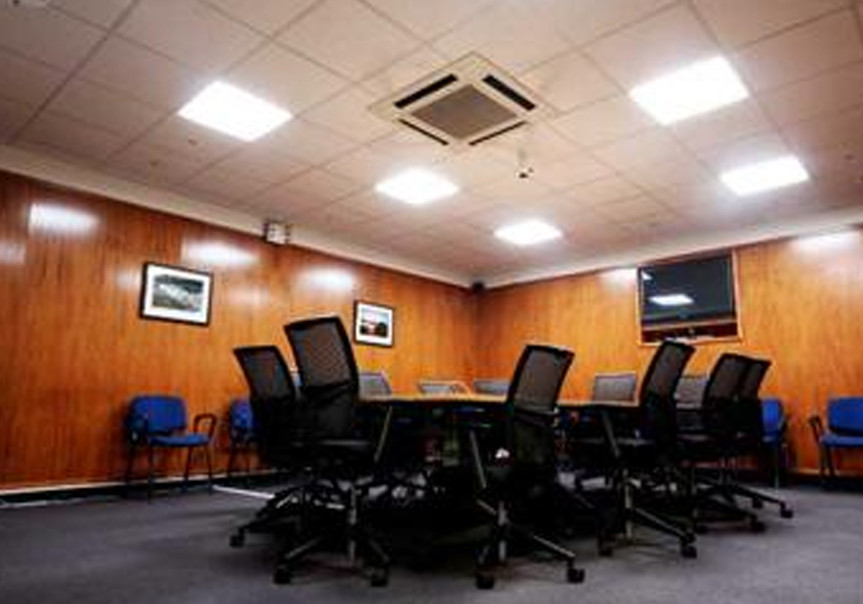
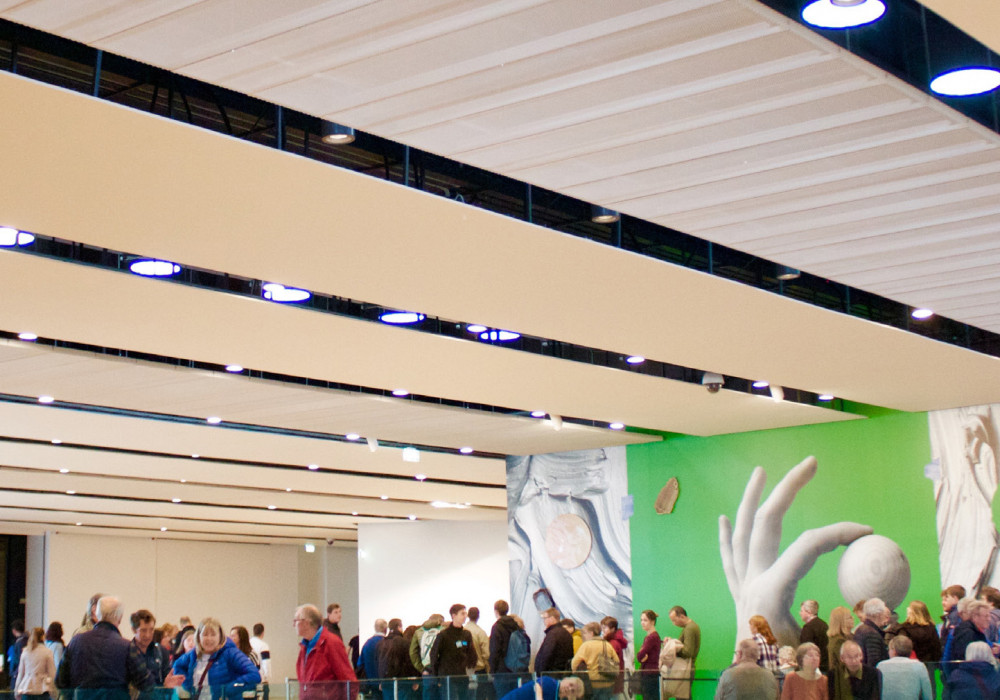
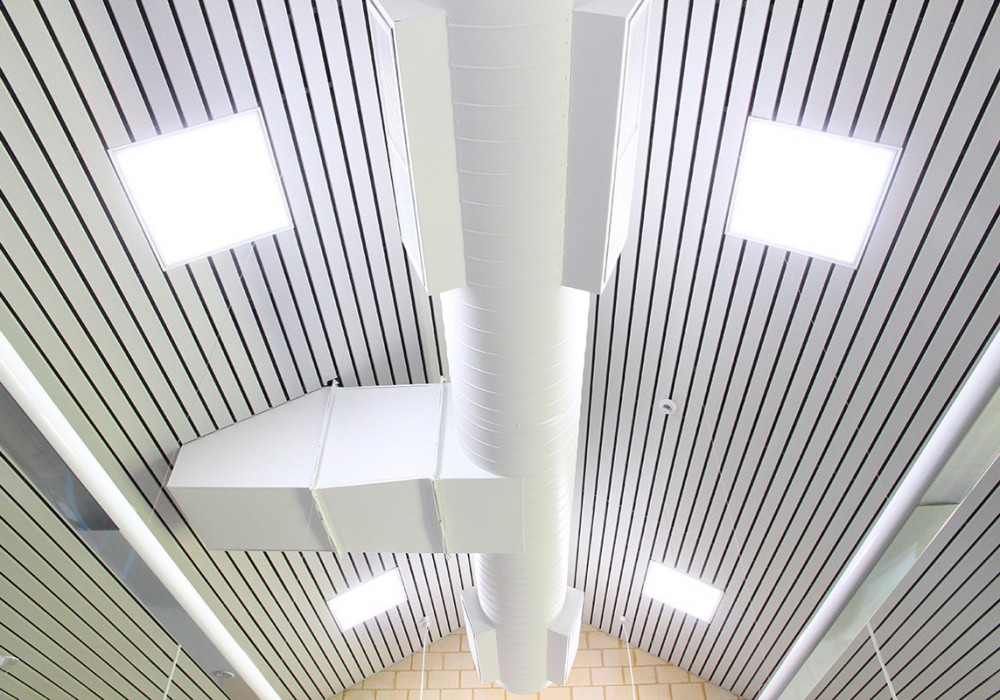
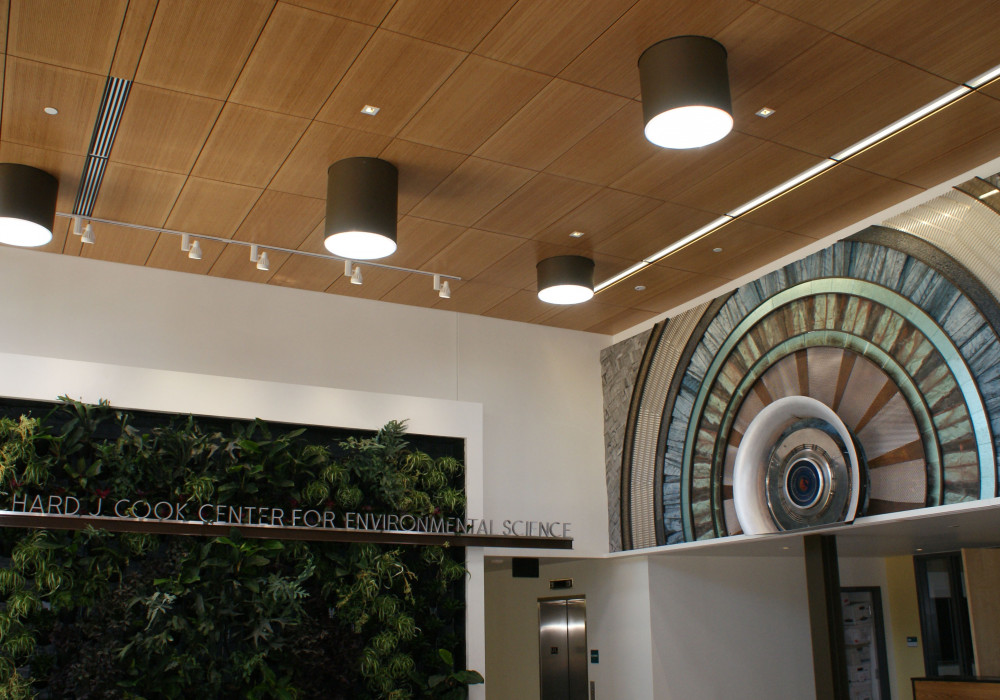

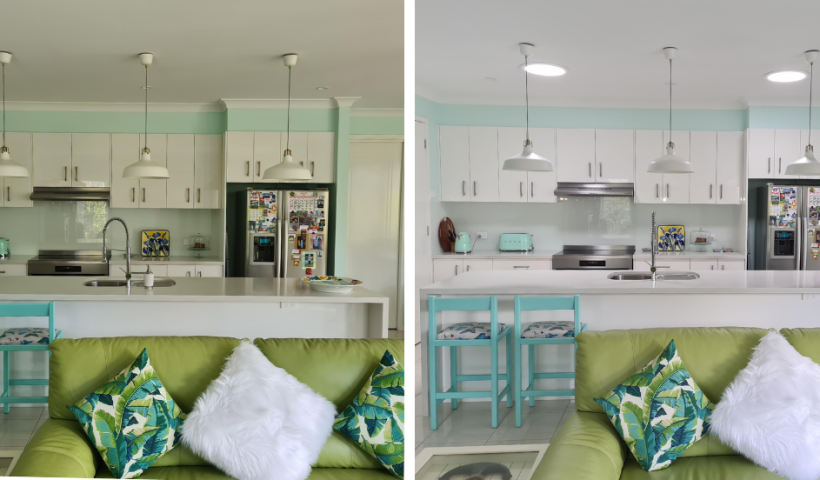
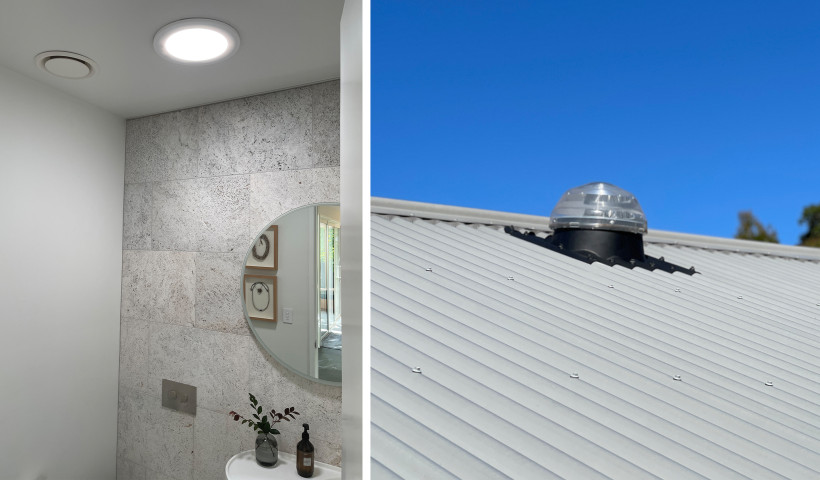
 Popular Products from Solatube
Popular Products from Solatube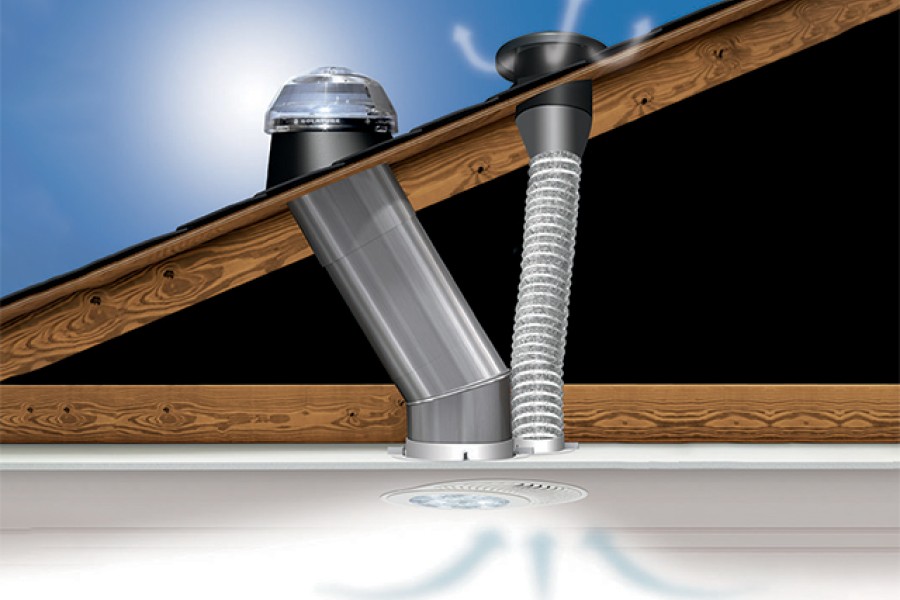
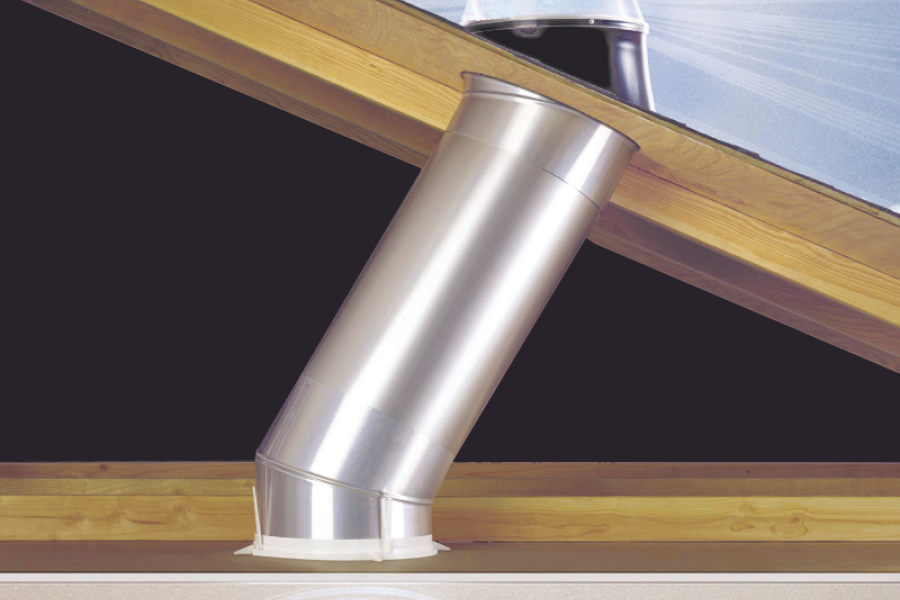
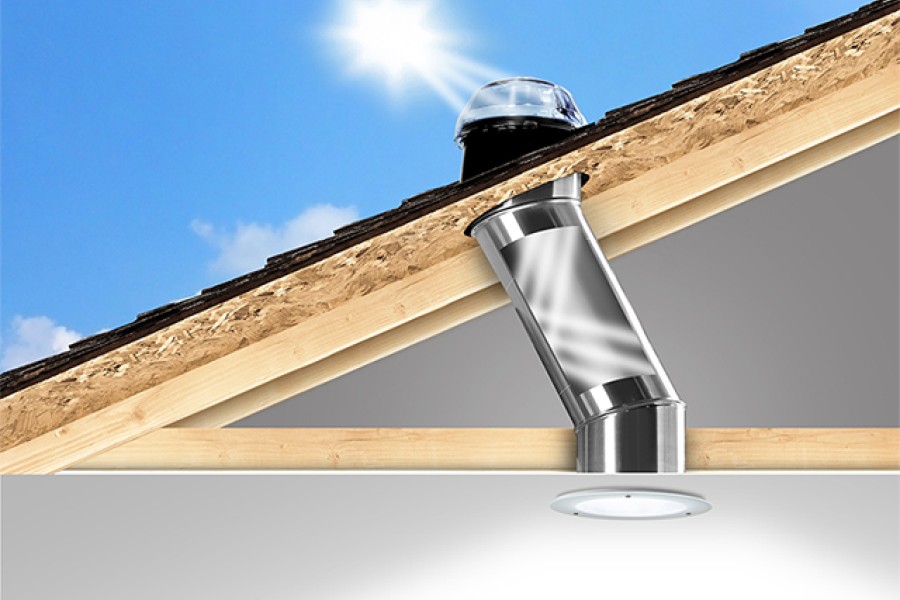
 Most Popular
Most Popular


 Popular Blog Posts
Popular Blog Posts